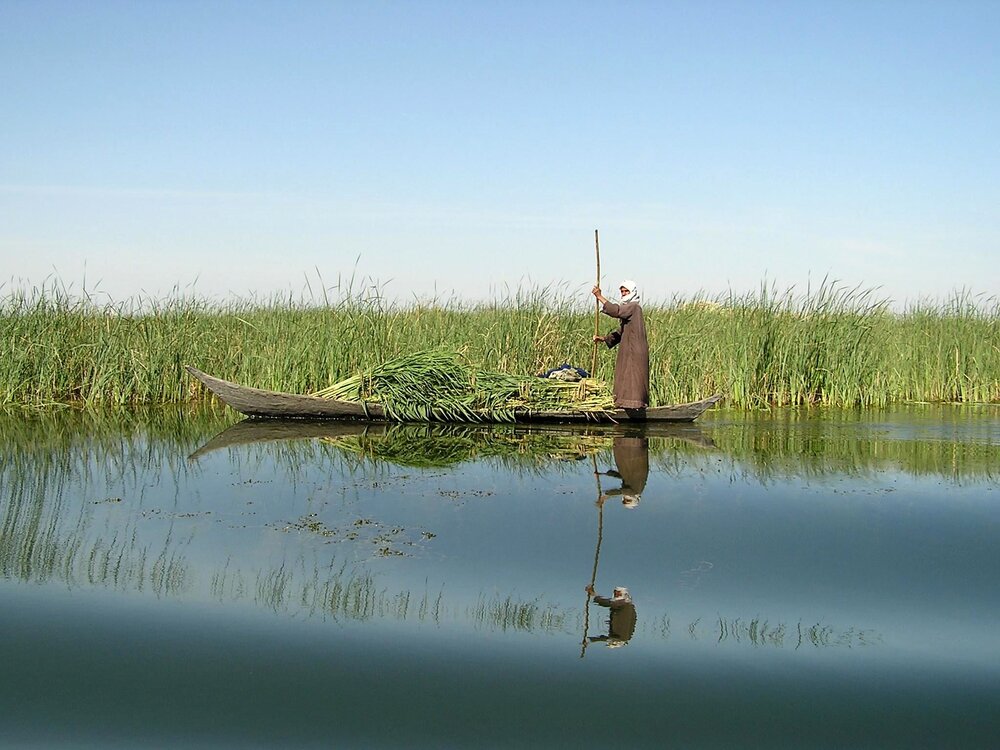Iran, UNDP sign MOU to revive Hamoun wetland

TEHRAN – The Department of Environment and the United Nations Development Program (UNDP) signed a memorandum of understanding (MOU) to carry out a joint project for the revival of Hamoun wetland, director of Iran’s wetlands protection project has announced.
The project is called “improving the comprehensive management of natural resources for the rehabilitation of the wetland ecosystem and supporting alternative living in local communities in the Hamoun wetlands”.
The project aims to focus on the role and connection of people's lives on Hamoun wetlands as well as Hamoun's life on people's lives and at the same time be able to work on the protection of this wetland along with improving the living standards of the people around it, IRNA quoted Ali Arvahi as saying on Saturday.
Stating that the project is set to run for five years with European Union financial support, he said that “the project might be an opportunity to pilot new ideas or living patterns in the area, and if the government succeeds, it will be able to expand these pilots on a larger scale.”
The project emphasizes that the pressure on Hamoun Wetland's resources, and in particular on the water resources of these wetlands, should be minimized and at the same time help strengthen the cross-border connection of Hamoun Wetland with Afghanistan to allocate water right of the wetland, he explained.
He went on to say that it might be an opportunity to strengthen and expand the relationship between the Ministry of Foreign Affairs of our country and the neighboring country so that the issue of transnational water allocation can be better implemented.
Focusing on climate change and ways to adapt to this change is another subject of the project, as Iran is an arid or semi-arid country with limited water resources, so it is very important to adapt to climatic conditions, he stated, adding, agriculture is considered as one of the fields of activity, which aims to adapt this sector to the climate as much as possible.
In addition to the agricultural sector, efforts have been made to consider other activities that specifically put pressure on wetland water resources, so that by implementing it, less pressure will be put on water resources, he also added.
To implement this, we will first conduct studies on climatic issues to identify and implement effective methods so that both the development of the region and the livelihood of the people will improve, while the conservation of the wetland is in fact the mission of the project, he stated.
The Hamouns are transboundary wetlands on the Iran-Afghan border made up of three lakes: Hamoun-e Helmand, which is entirely in Iran, Hamoun-e Sabari on the border, and Hamoun-e Puzak, almost entirely inside Afghanistan. The three lakes are linked and fed by water from the Helmand River which starts in the Hindu Kush Mountains in Afghanistan.
In the last two decades, once fertile wetlands have drastically dried up. The Taliban government closed the sluices to the Kajaki Dam on the Helmand until 2002, which aggravated the impact of the worst drought the region has experienced in many decades, brought about partially by climate change and warming temperatures.
FB/MG
Leave a Comment